Species Photo Gallery for Alebra elegans No Common Name 21 |
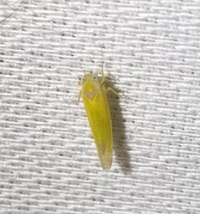 | Photo by: Marilyn Westphal
Henderson Co.
Comment: Attracted to uv light sheet | 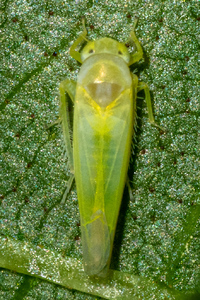 | Photo by: Scott Bolick
Wilkes Co.
Comment: |
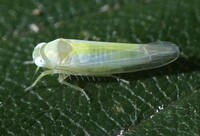 | Photo by: Ted Wilcox
Watauga Co.
Comment: unid_leafhopper | 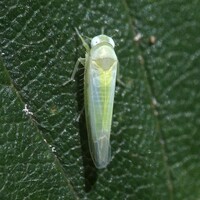 | Photo by: Ted Wilcox
Watauga Co.
Comment: unid_leafhopper |
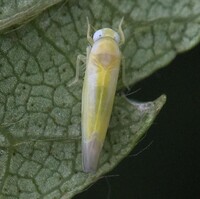 | Photo by: Ted Wilcox
Watauga Co.
Comment: unid_leafhopper |  | Photo by: Ted Wilcox
Watauga Co.
Comment: unid_leafhopper |
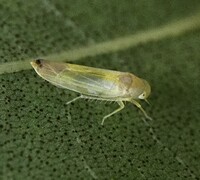 | Photo by: Ted Wilcox
Watauga Co.
Comment: unid_leafhopper |  | Photo by: Ted Wilcox
Watauga Co.
Comment: unid_leafhopper |
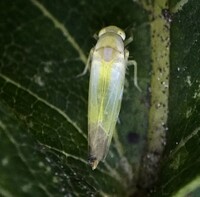 | Photo by: Ted Wilcox
Watauga Co.
Comment: unid_leafhopper | 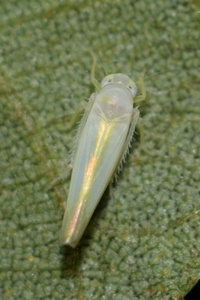 | Photo by: Scott Bolick
Davie Co.
Comment: |
 | Photo by: Scott Bolick
Forsyth Co.
Comment: | 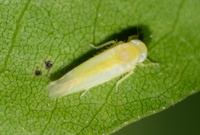 | Photo by: Scott Bolick
Forsyth Co.
Comment: |
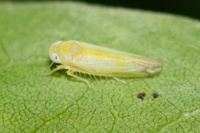 | Photo by: Scott Bolick
Forsyth Co.
Comment: | 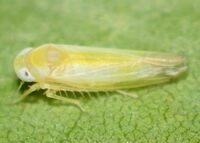 | Photo by: Scott Bolick
Forsyth Co.
Comment: |
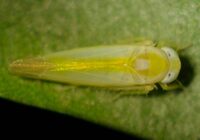 | Photo by: Scott Bolick
Forsyth Co.
Comment: |  | Photo by: Robert Meehan
Durham Co.
Comment: Per K. Kittleberger, potentially A. elegans |
 | Photo by: Robert Meehan
Durham Co.
Comment: Per K. Kittleberger, potentially A. elegans |  | Photo by: Robert Meehan
Durham Co.
Comment: |
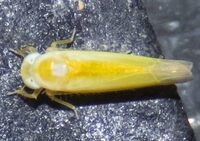 | Photo by: Robert Meehan
Durham Co.
Comment: | 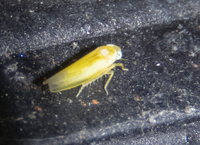 | Photo by: Robert Meehan
Durham Co.
Comment: Per K. Kittleberger, may represent A. elegans |
 | Photo by: Robert Meehan
Durham Co.
Comment: Per K. Kittleberger, may represent A. elegans |

 »
»

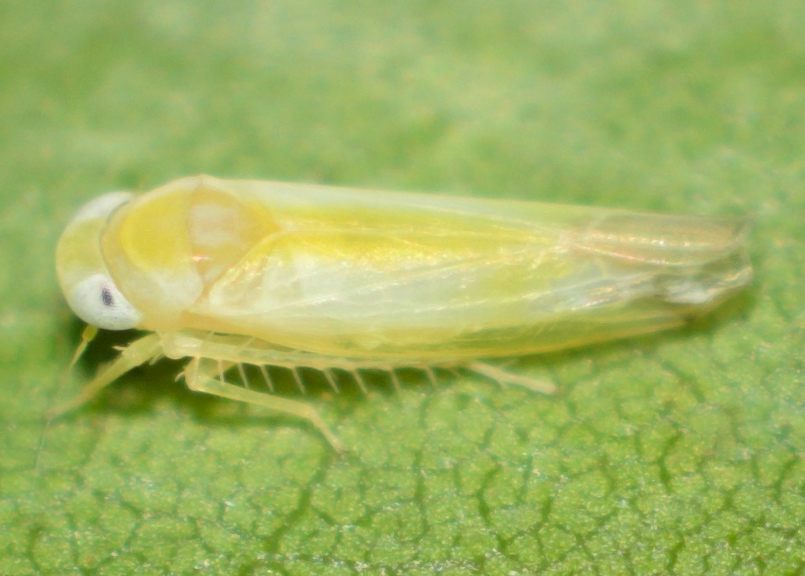
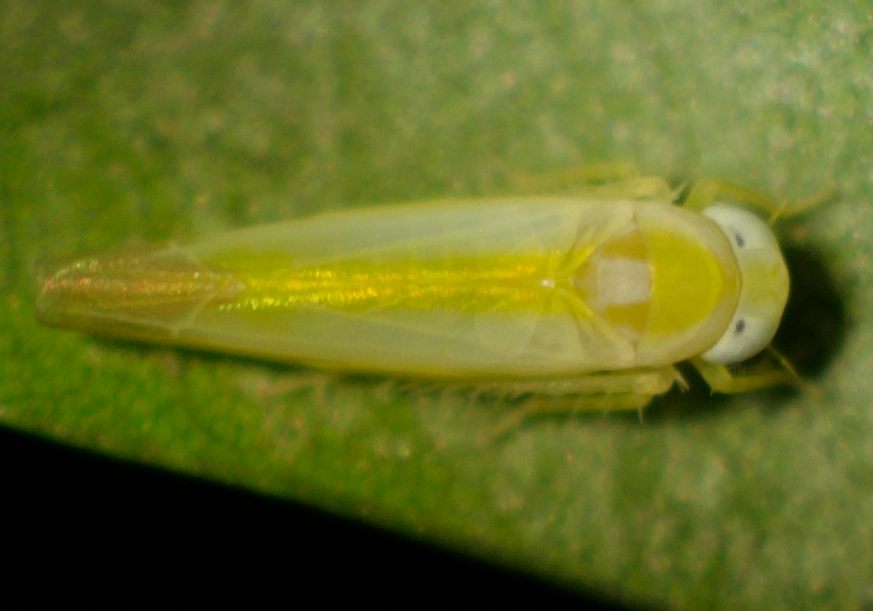

 »
»


